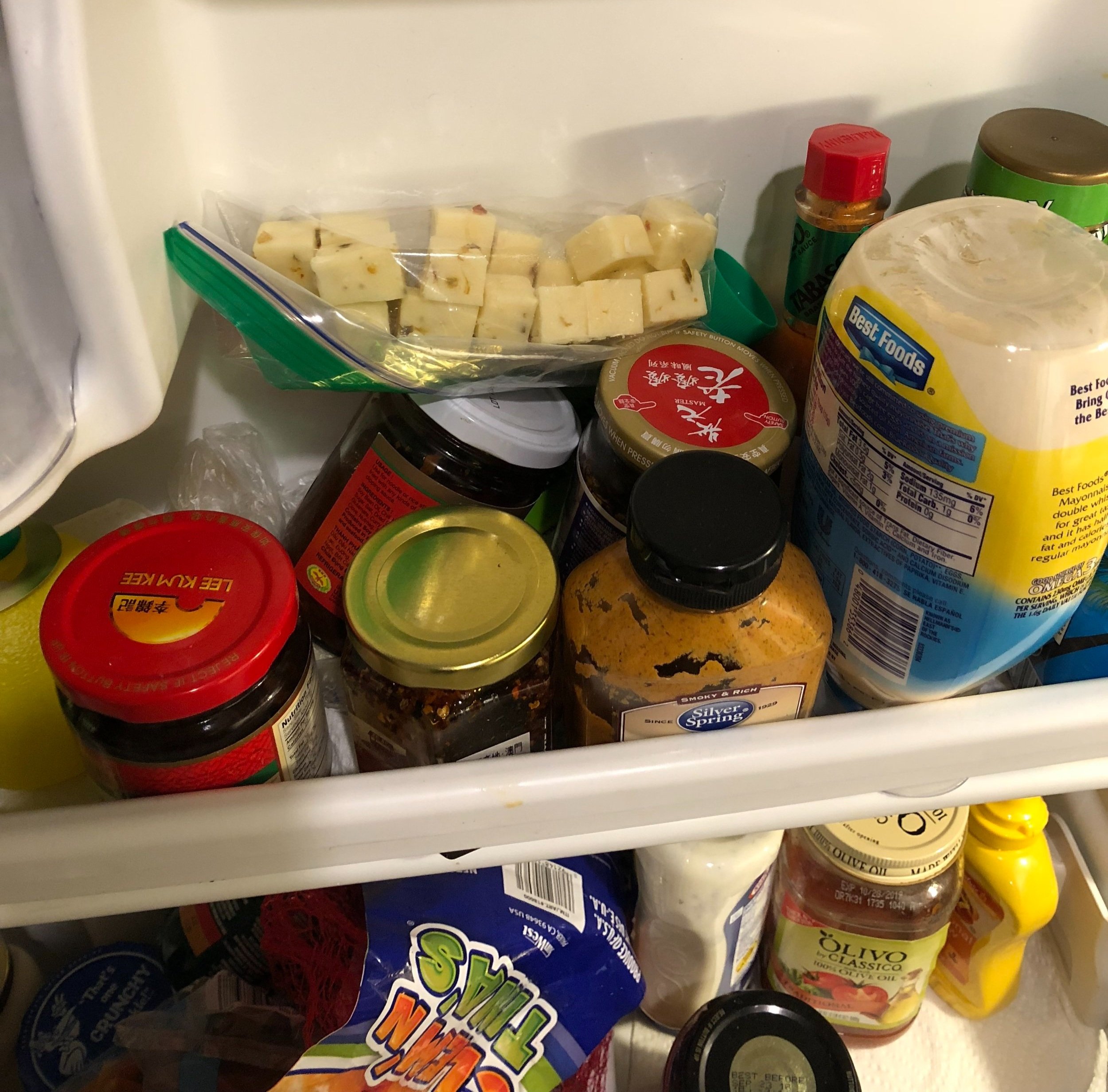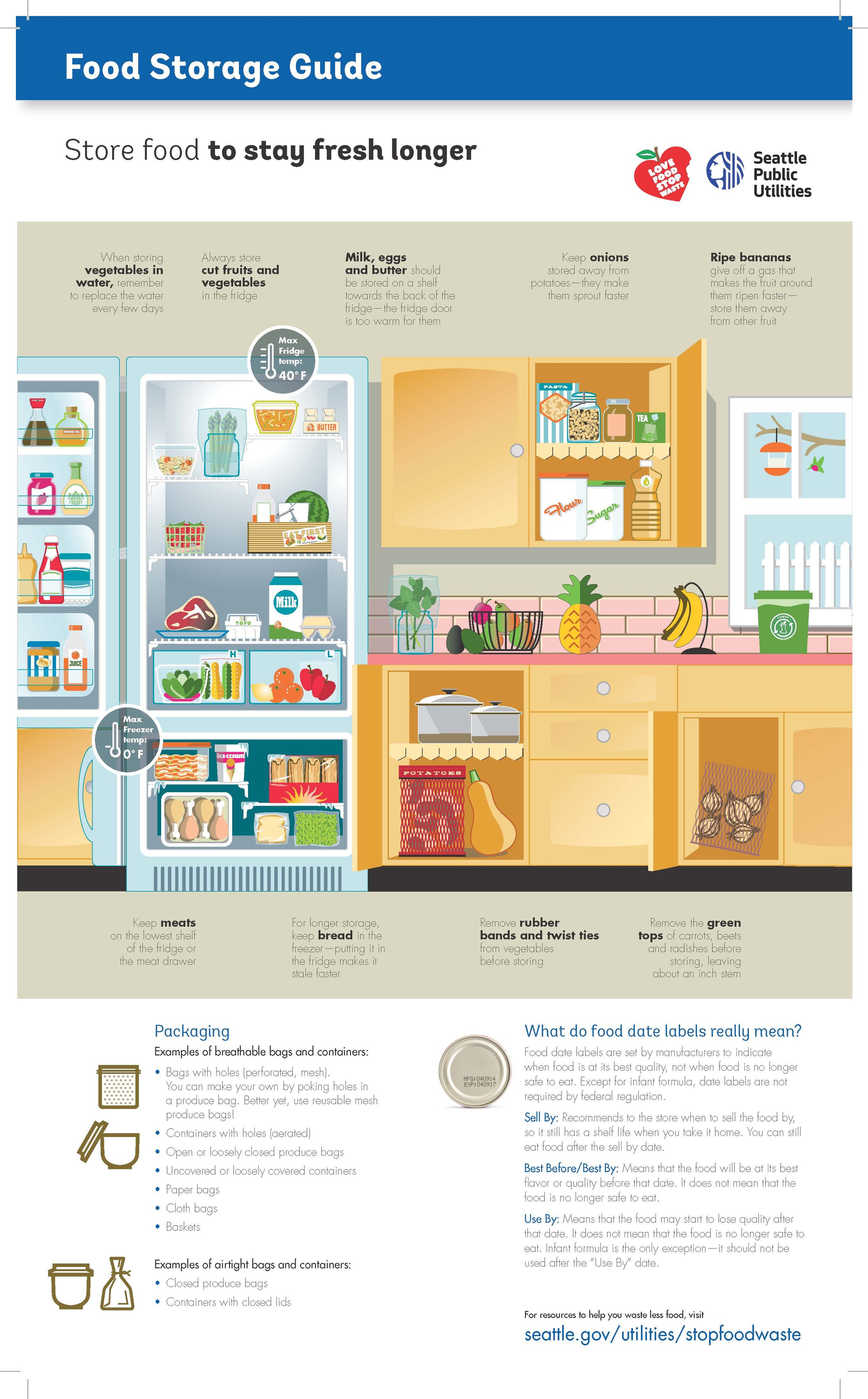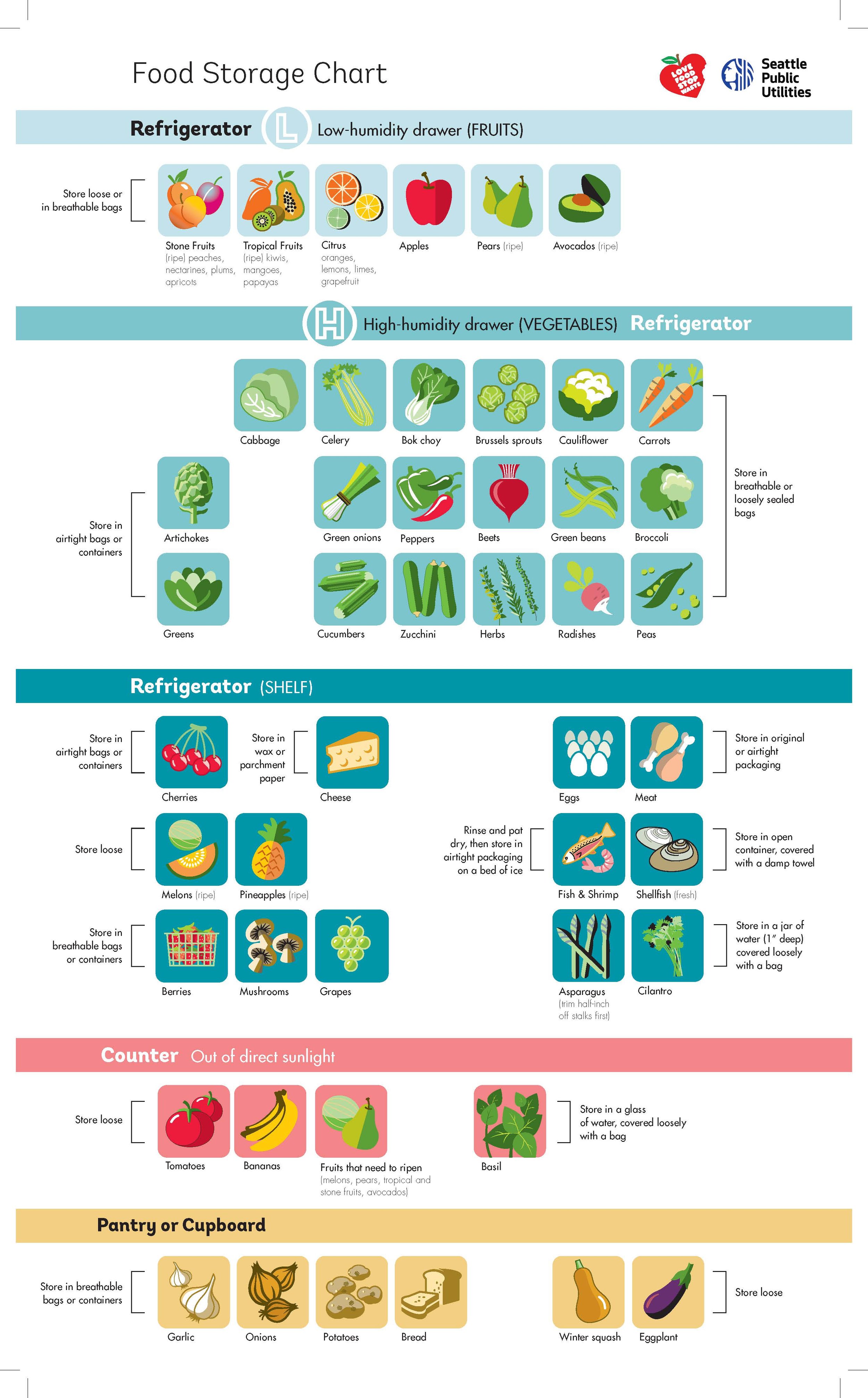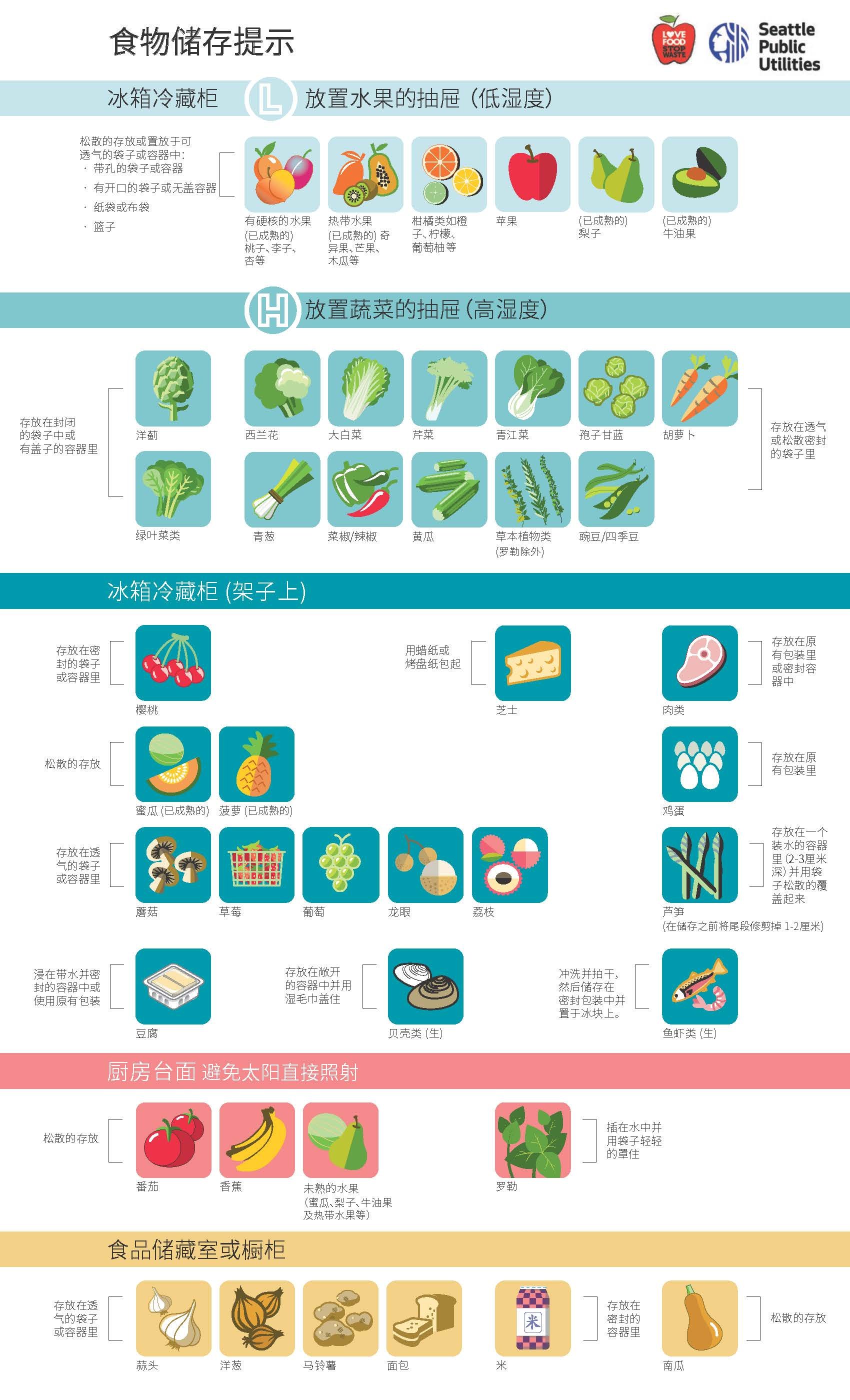How might we communicate the importance of recycling and composting in a culturally-relevant way?
Food storage at an interviewee’s house
Shared recycling and composting bins at an apartment building
Client
Project Goals
Identify key motivators and barriers to recycling, composting and food waste behaviors for Chinese- and Spanish-speaking communities in Seattle.
Determine design opportunities for communication materials in both languages.
My Role: Project lead and Chinese-speaking researcher
Approach
Intercepts: Meeting people where they are, I tabled and conducted surveys at local Asian grocery stores and community centers. When designing the survey, variables that might influence behaviors, such as years of residency in the city, age, household size, and housing type (single family home or multifamily unit) were being considered. My team members and I surveyed over 60 Chinese-speaking people and selected eight survey participants for in-depth interviews based on their existing behaviors.
In-home interviews: Visiting people in their home, I observed how people set up their solid waste disposal systems first-hand, how they recycle and compost, and how food is prepared, consumed and disposed of. I also asked interviewees to review existing communication materials and provide feedback.
Key findings
The target audience had a better understanding of and behavior toward recycling compared to composting.
New immigrants tend to not recycle or recycle incorrectly compared to immigrants who’ve lived in Seattle for years. The team suggested creating materials in simplified-Chinese, which is the preferred language of the majority of the new Chinese immigrants in Seattle.
Recycling was perceived as more environmentally friendly than composting.
The value of compost was not understood and has not been communicated to people who
just moved to the U.S.
For many people, staying healthy and slim was more important than saving food and
money. (And people viewed these two things as being at odds with one another.)
People wanted materials in their preferred language and clear images with culturally relevant items.
Design
Based on the findings, I created key messaging and images that will work better for the Chinese speaking audience. In partnership with the client’s in-house designer, we designed four materials to communicate with and educate community members about recycling, composting and food waste prevention.
Solid waste disposal guide
Combine composting, recycling, and garbage together on a flyer and highlight items that are most confusing to people.
Food storage guide (below are English and Chinese versions)
Share tips on how to properly store produce, cooked food and takeout leftovers.
Composting tips
Include tips for setting up the compost system at home and reducing smells.
Meal planner/shopping list
Combine a meal planner with a shopping list that people can use to plan
a healthy meal and buy ingredients they need accordingly.
Brand the material as a tool for a healthy lifestyle.






